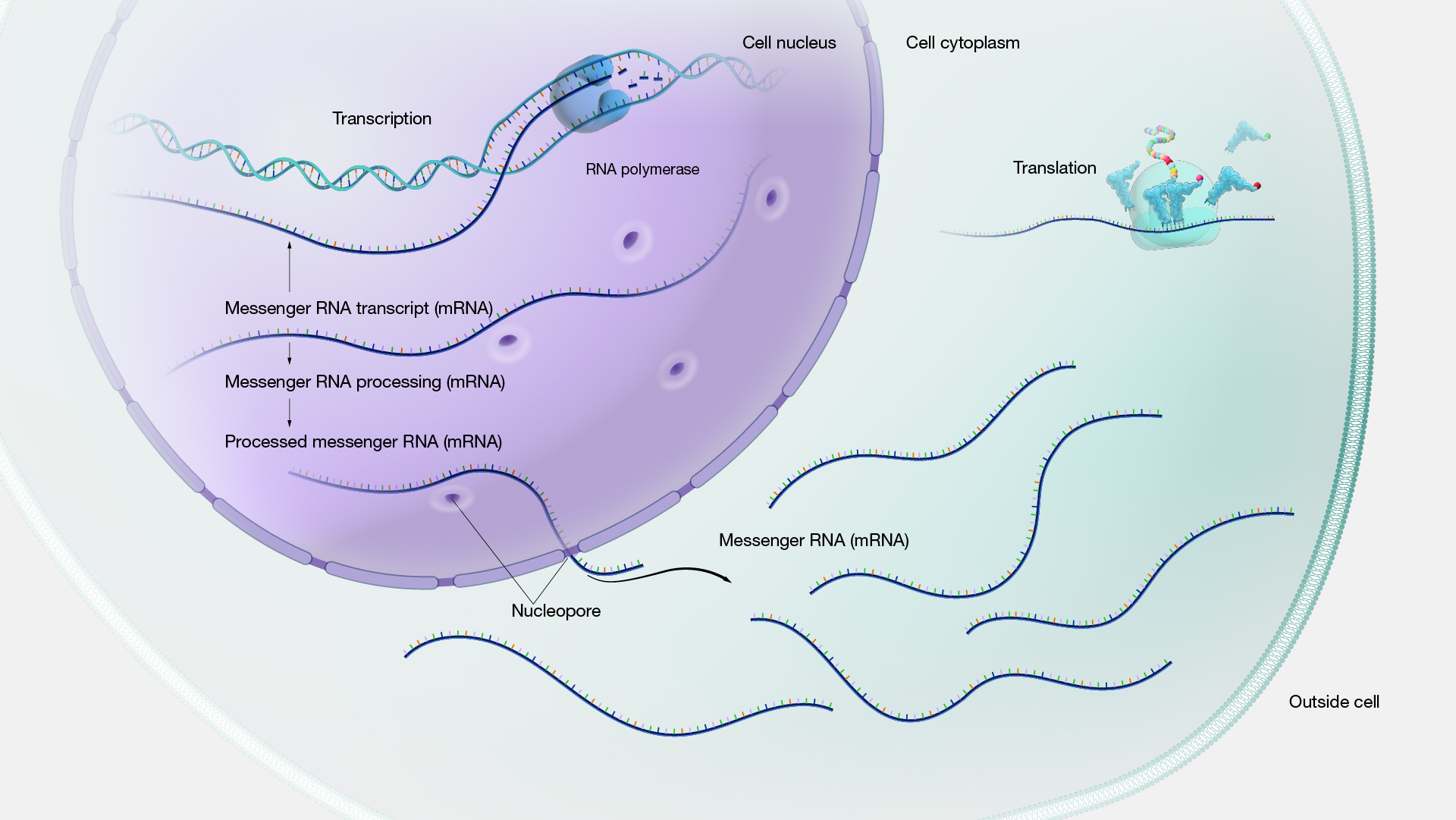Genomics
Back in high school, studying genomics was just about getting good grades.
But recently, while working on a project, I dove into this fascinating microscopic world.
And I must say—this is something that absolutely deserves to be documented.
Genomics
Genomics is the study of genomes—the complete set of genetic material in an organism, mainly encoded in Deoxyribonucleic Acid (DNA). Our genome holds all the instructions needed for us to develop, survive, and function. Each copy of the human genome contains nearly 3 billion base pairs of DNA, distributed across 23 chromosomes.DNA is truly fascinating. It's like the blueprint of living organism.

Interestingly, all humans share 99.9% of their genome. That tiny 0.1% difference is what gives rise to all the diversity we see among people—isn’t that amazing? Humans also share 98.8% of their DNA with chimpanzees, which is why they’re considered our closest living relatives.
Chromosomes are structures made up of DNA. Humans have 23 pairs of chromosomes—one from each parent in every pair. Neuclues of every cell contains these 23 pair of chromosomes. The nucleus of almost every cell in our body contains these 23 pairs of chromosomes.
This genetic information gets converted into biological function through a process called gene expression.
